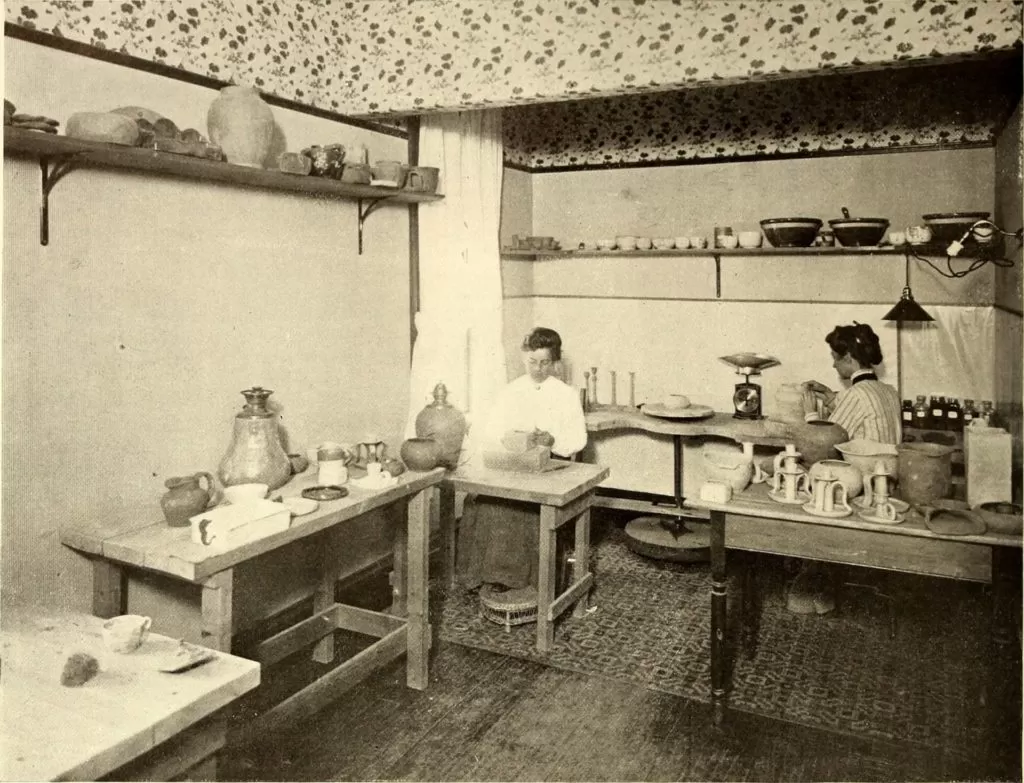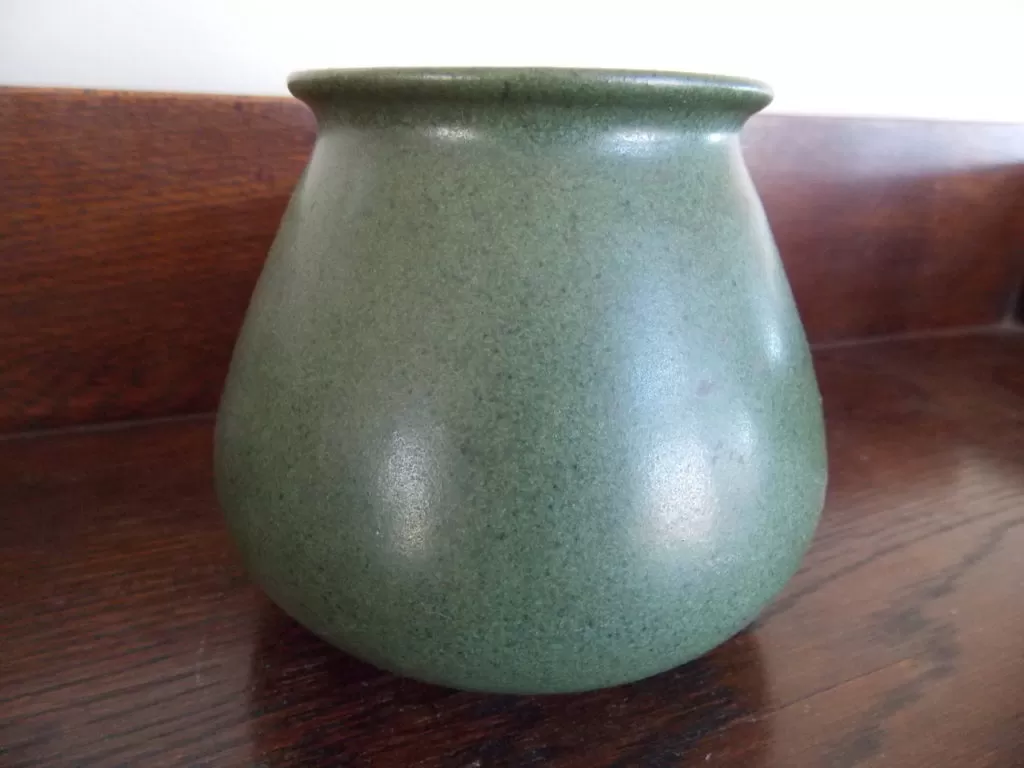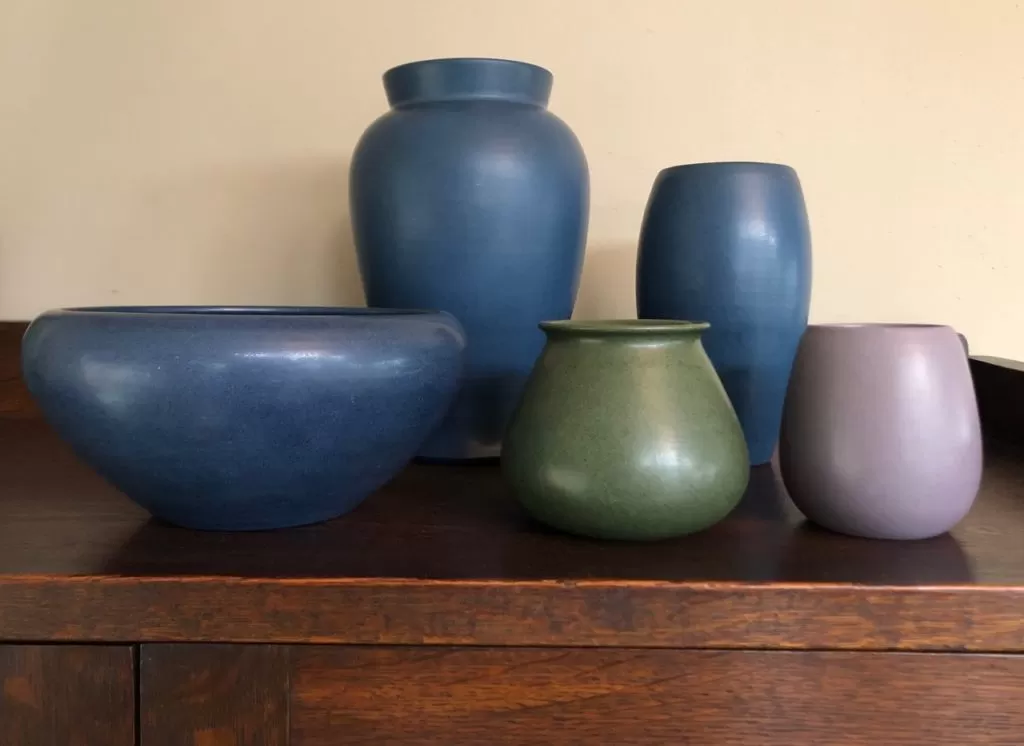The Other Marblehead Pottery
The story of the founding and evolution of Marblehead Pottery is a classic tale within the history and heritage of the Arts and Crafts movement. Started by Dr. Herbert Hall in 1904 as a therapeutic workshop for women patients recuperating from nervous disorders in his Marblehead, MA sanitarium, it evolved into one of the most respected art potteries of the Arts and Crafts era.

The transformation from amateur pottery to a more elevated status was due to the efforts of young Arthur Baggs, whom Dr. Hall hired to manage the studio pottery. Frustrated by working with untrained women potters and decorators, many of whom left Marblehead after recuperating, Baggs convinced Dr. Hall to hire professional potters, artists, and designers. By 1915 the two men recognized that Marblehead Pottery would be better served by not being tied to the sanitarium, and so that year Arthur Baggs became the sole owner.
Today art pottery histories, books, and articles invariably focus on those rare examples which make headlines after major Arts and Crafts auctions, such as the one at Skinner Auctioneers in December of 2018 where a vase designed by Annie Aldrich and decorated by Sarah Tutt soared past its pre-sale estimate of $10,000-$20,000 to sell for $250,000.
Languishing in the shadow of this and other rare examples which often sell in the $2,500-$10,000 range are more common examples of the “other” Marblehead Pottery. These lesser known examples are not decorated, but instead rely on their classic shapes and matte glazes to attract our attention.

I bought my first piece of undecorated Marblehead Pottery three decades ago for thirty-five dollars, for it has a chip on the rim. That mattered less to me, as I fell in love with the soft, green glaze on the petite, yet elegant form. I never bothered to have the chip professionally repaired, for now I simply turn the chip to the back where no one ever sees it.
My wife Leigh Ann also fell in love with undecorated Marblehead Pottery, but she was drawn to the matte blue glazes Baggs also developed. These must have been produced in rather large quantities, for they appear often at shows, websites, and auctions. In some cases the auction houses will even group two or three of them together to be sold as one lot.

What makes these examples of the “other” Marblehead Pottery fun to collect is that they were produced in a variety of sizes and forms, from cylindrical and corseted vases to flared bowls and classic vase shapes. And with prices starting as low as $200-$300 for a fine example, assembling a collection rather than just one piece becomes a real possibility.

So, while you might not be ready to invest in an exquisite, rare example of decorated Marblehead Pottery, take a closer look at the undecorated shapes with their delightful matte glazes perfect to compliment any Arts and Crafts home.
– Bruce Johnson
